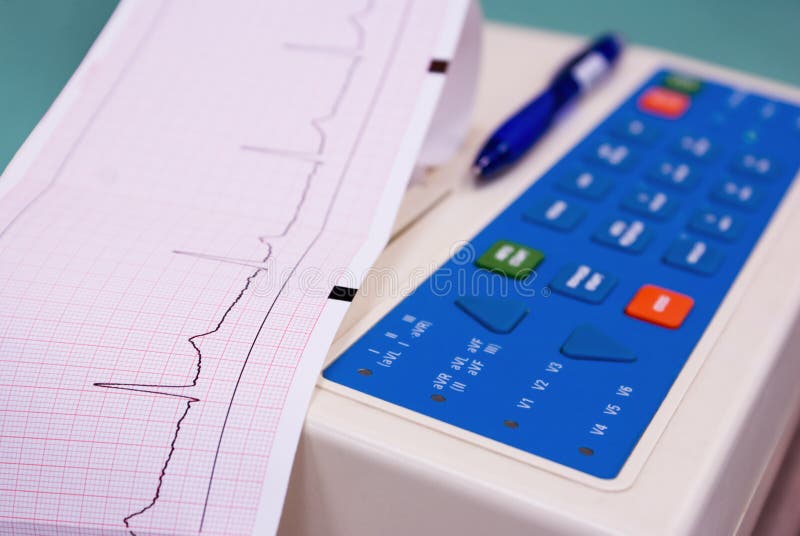
Thus, the subject passes or fails the test based on subtotals, each of which depends on only three or four repetitions of an RQ. It plays a significant role in the ESS, which classifies the subject as deceptive if the total for any RQ is –4 or less. However, for multiple-issue tests, the reliability of measurement may play a more or less significant role in the outcome of the test depending on the scoring method. Since we conducted ANOVA with the grand mean of RQs, the reliability of reactions to an individual RQ had little effect on the estimates of effect size. Theoretically, the reliability of means based on many observations is greater than the reliability of means based on fewer observations. The estimates of effect size from the ANOVA were based on the mean reaction to all RQs combined. However, it is an open question if computer programs designed specifically to process polygraph charts would improve on these outcomes. Considering the high levels of decision accuracy achieved with the measurements made by this program, it is doubtful that efforts to incorporate such rules would have had much effect on the decision outcomes. For example, polygraph scoring rules may require that the onset of a physiological response begin within a limited number of seconds relative to question onset or the subject’s verbal answer, and the quality and stability of the recordings must be considered (e.g., Nelson et al., 2011).
#Pics of a cardiograph software
The program was not designed to implement certain criteria that may be included in software offered by computerized polygraph manufacturers for the express purpose of processing polygraph charts. The effect of deception was substantially greater on the amplitude of the electrodermal response than the rise in the cardiograph baseline or RLL.Ī general-purpose computer program was used to extract the various physiological measurements for the present study. All scoring methods weighed the electrodermal measures more heavily than the cardiograph and respiration for good reason. The observed effect sizes also indicate the power of the three selected physiological components to distinguish between the truthful and deceptive groups. In the field of psychology, effect sizes of the magnitude observed in the present study are unusual but are needed to achieve high levels of decision accuracy. The effect sizes for electrodermal, cardiograph, and respiration features in the single-issue dataset were consistent with prior laboratory research on the probable-lie technique ( Raskin and Honts, 2002). Kircher, in Credibility Assessment, 2014 Effect Size Though the patterns cannot be avoided when they are generated physiologically, they can sometimes be attenuated when recording blood pressure further from the heart.ĭavid C. Notwithstanding manipulated respiration, examiners may try to improve the quality of the recording by considering alternate sites for the blood pressure cuff, such as on the forearm, or in rare cases, the calf of the leg. Controlled breathing can readily be identified by an examiner, who can take corrective action. Sometimes they are caused by examinees who control or exaggerate their breathing, especially when it is altered to be very slow or very deep, as this behavior also interferes with the body’s natural regulatory mechanisms ( Figure 5.22).

Factors that give rise to these patterns include vascular disease, advanced age, fatigue, medication, and obesity.

They are driven by the body’s imperfect striving for internal equilibrium that is kept slightly off-balance by inefficiencies in the cardiovascular regulatory system. These changes are not caused by any contact between the cuff and the torso. There are individuals who display what appear to be RBPF, but for whom there is a delay in the cardiovascular response by about 2-3 s after the associated inhalation and exhalation. The solution is to reposition the arm or cuff so that the cuff no longer comes in contact with the torso. If the result is an increase in the tracing baseline during a scoring window, it can complicate the analysis of the data. The torso can transfer mechanical pressure to the cuff during breathing which will appear as a regular slow wave in the tracing. When the inhalations and exhalations track exactly with the changes in the cardiovascular data, and they occur simultaneously, the cause is likely that the blood pressure cuff is in direct contact with the torso. In the past, this was mistakenly but routinely called “vagus roll,” but is more correctly labeled “respiratory blood pressure fluctuations,” or RBPF ( Handler and Reicherter, 2008). This is a good point to discuss the regular undulations sometimes seen in the cardiovascular channel that appear to be associated with the examinee’s breathing.


 0 kommentar(er)
0 kommentar(er)
